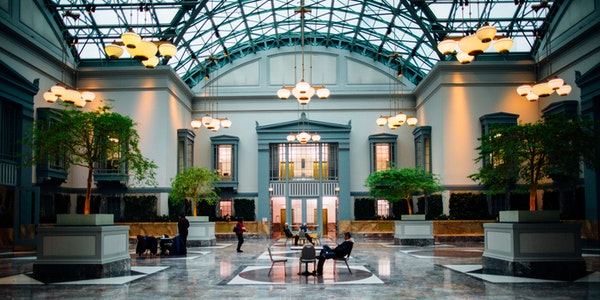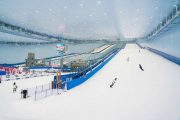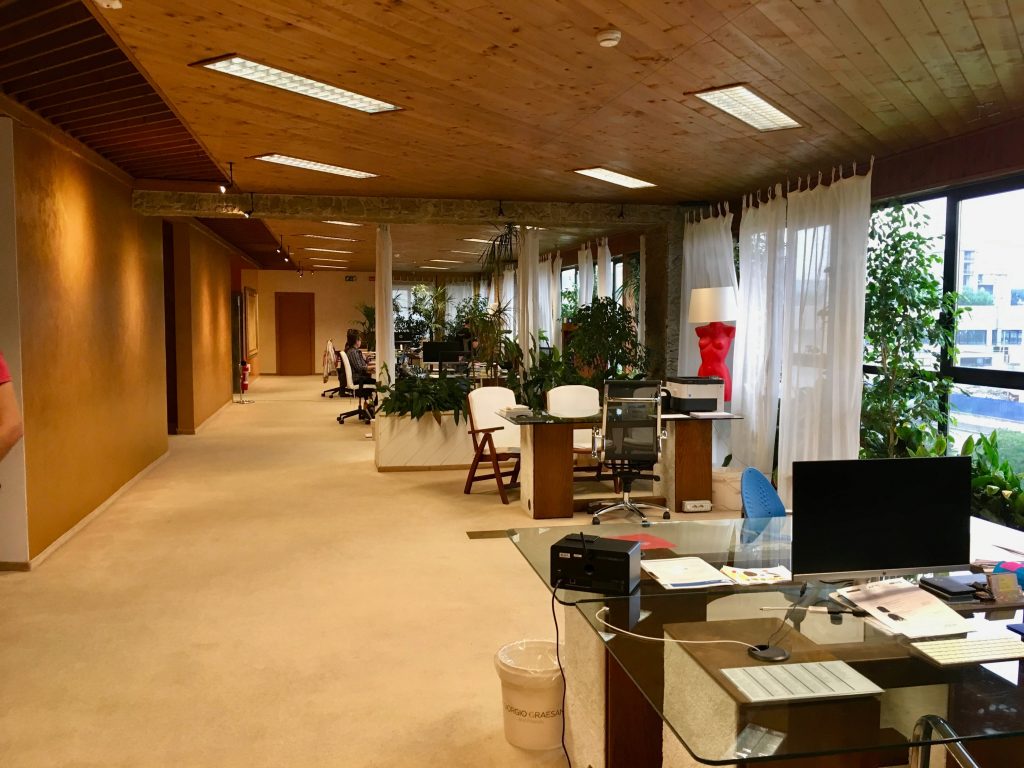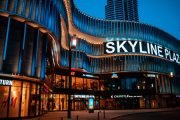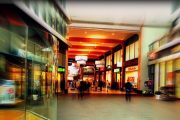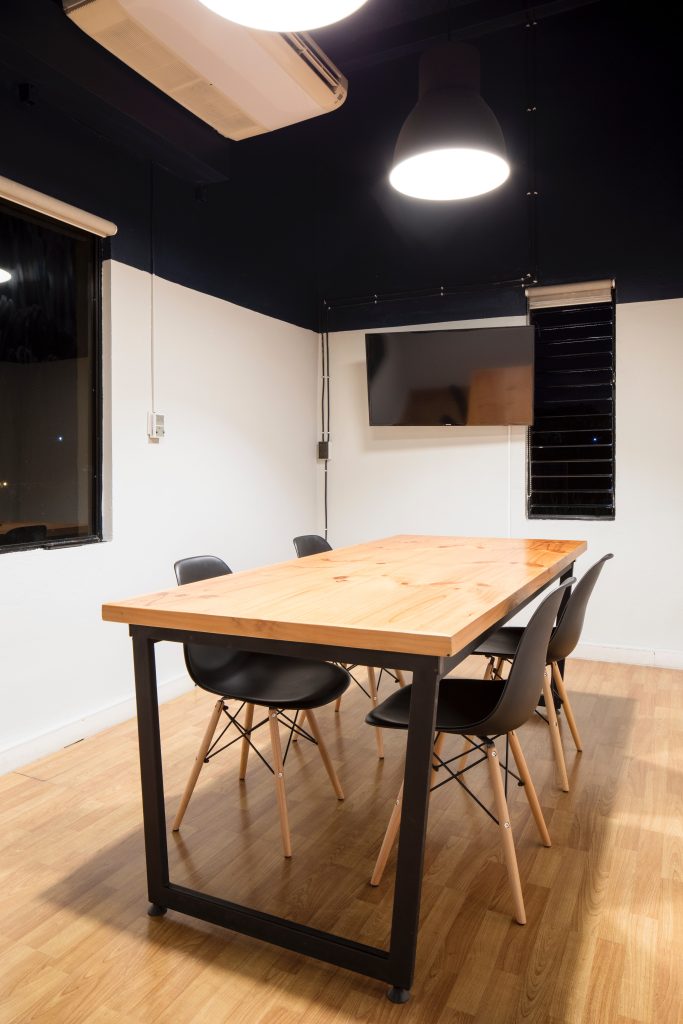Key Issues in Hotel Lighting Design
Hotels are usually divided into business type and tourist resort type. Business hotels are usually located in economically developed cities, and they receive business travelers, highlighting functions such as office, conference, and business banquets. Tourist resort hotels are usually located in tourist attractions, and the most prominent ones are vacation and leisure functions.
But this distinction is relative, and their functions are often intersecting. In addition, from the perspective of architectural characteristics, the various spaces divided by functions inside and outside the hotel are also roughly the same. For example, compared to the Le Méridien Hotel in LA Cyberport and the NY Garden Hotel, although the features are quite different, they both have a reception lobby, that is, a Portman-type space. There are various types of guest rooms, western restaurants and multi-function halls. Therefore, from the perspective of hotel lighting design, their commonalities are basically the same.
1. Warm white light sources should be generally used
The basis is that no matter what type of hotel, it should be their common desire to create a cordial, warm and friendly atmosphere. The lighting environment provided by the light source with a color temperature of 3000K can enhance this feature of the wine point.
(1) Based on the research of human vision on the temperature perception and space perception of color, the hue is biased towards orange and yellow and the same hue is biased towards blue and purple. When contrasted at the same time, orange and yellow make people feel warm and close to us. Based on memory, when the above colors are continuously compared, the result is the same.
(2) This perception is closely related to psychological evaluations and emotional activities such as kindness, warmth, and friendliness in the depth of psychological arousal.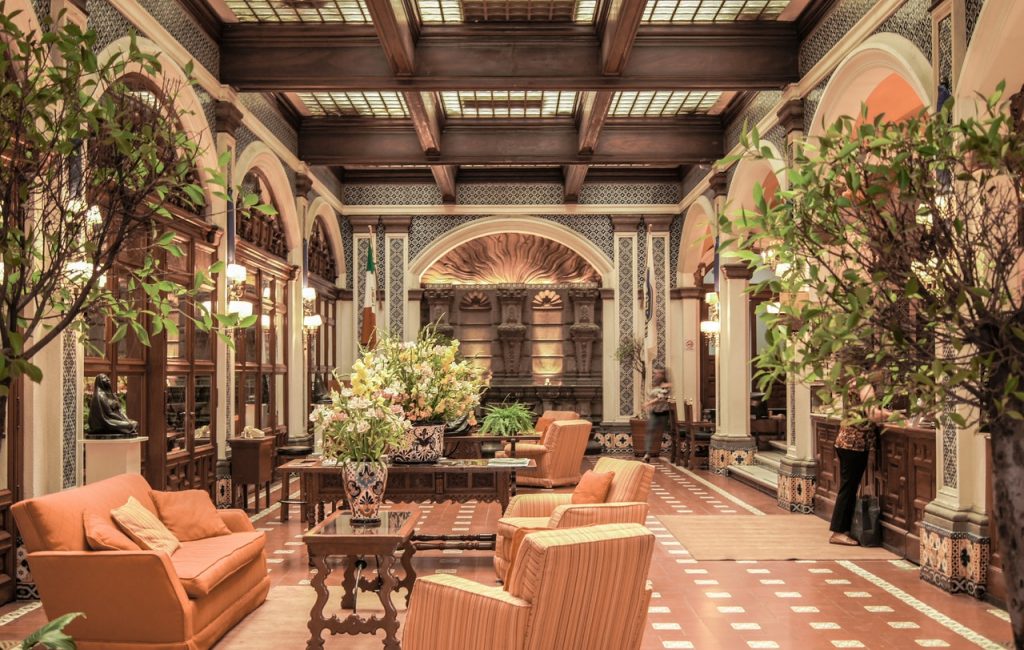
(3) Based on engineering practice, whenever a hotel lighting project can fully implement this principle without interference from all aspects, the effect is very good.
2. Specific analysis of the light color of different types of light sources
(1) Take only incandescent lamps and compact fluorescent lamps as examples. An incandescent lamp with a nominal name of 2800K and a compact fluorescent lamp with a nominal name of 2850K (or 2700K) indicate that their color tables are roughly the same.
However, the evaluation of light color (color table and light color are still distinguished) means that there are still subtle differences in color perception: due to their different spectral composition, the light emitted by incandescent lamps is very similar to the cobalt yellow or cadmium yellow of watercolor pigments. The tone is “loud” and “transparent”. The light emitted by the compact fluorescent lamp is very similar to earthy yellow, and the color tone is a little turbid.
(2) Lighting design should select the light source category in a targeted manner. Under the same condition of color temperature, it is necessary to comprehensively weigh the trade-offs between luminous flux, average life, whether energy saving, and whether it is easy to maintain and light color. Don’t use incandescent lamps just because of “green lighting” (I advocate specific analysis and treatment of “green lighting”).
(3) For high-end hotels, energy saving and easy maintenance are important. For example, the current average life of a good compact fluorescent lamp can reach 10,000 hours (while incandescent lamps are only one-tenth of it). Although the hotel eliminates the cost of replacing light bulbs, it sacrifices “pure light color”.
(4) As for the problems of energy saving and prolonging the life of light bulbs, a large part of it can be solved by combining natural lighting and the brightness requirements of guest activities through intelligent control systems like the Bank of China headquarters building. This is the current international practice. Of course, there are many ways to save energy, but they are beyond the scope of this article.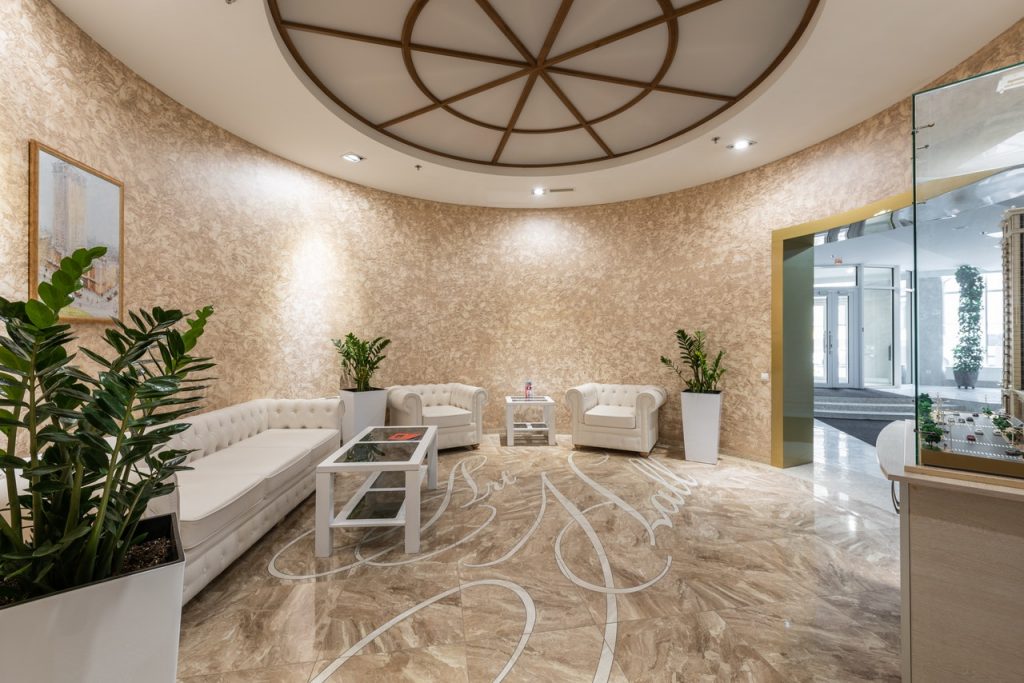
3. Pay special attention to the relationship between color temperature and illuminance
Use the matching relationship between illuminance and color temperature to carefully create a suitable space atmosphere. Generally speaking, color temperature and illuminance should be in direct proportion, that is, high illuminance, high color temperature, and vice versa. The habit of many international hotel lighting design is that the color temperature is very high, but the illuminance is generally low, often falling into a “gloomy” atmosphere. This should be given sufficient attention in future design practices.
4 If direct lighting can be used, indirect lighting is not used
Light troughs have been widely used in all kinds of commercial space lighting, and some are even flooded. With the development of electric light source and lighting fixture manufacturing technology, direct lighting has been able to avoid the harm of uncomfortable glare to vision. Therefore, unless decorative requirements are required, do not use various types of light-emitting grooves that are wasteful of light and are inconvenient to maintain.
5. Use the same color temperature light source to avoid chaotic light color
The same functional area, surface and object use light sources with the same color temperature to make the color tone of the light environment uniform. As far as the lighting design of the hotel is concerned, because the emphasis is not on conflict and drama, a unified color tone is in line with the characteristics of the hotel.
We have noticed that there are some well-doing interior design companies in the world, and there are still many problems at this point. For example, some hotel lighting still has some problems: some rooms use cool white light sources, and some rooms have warm white light sources and cool white light sources, which makes people feel very uncomfortable.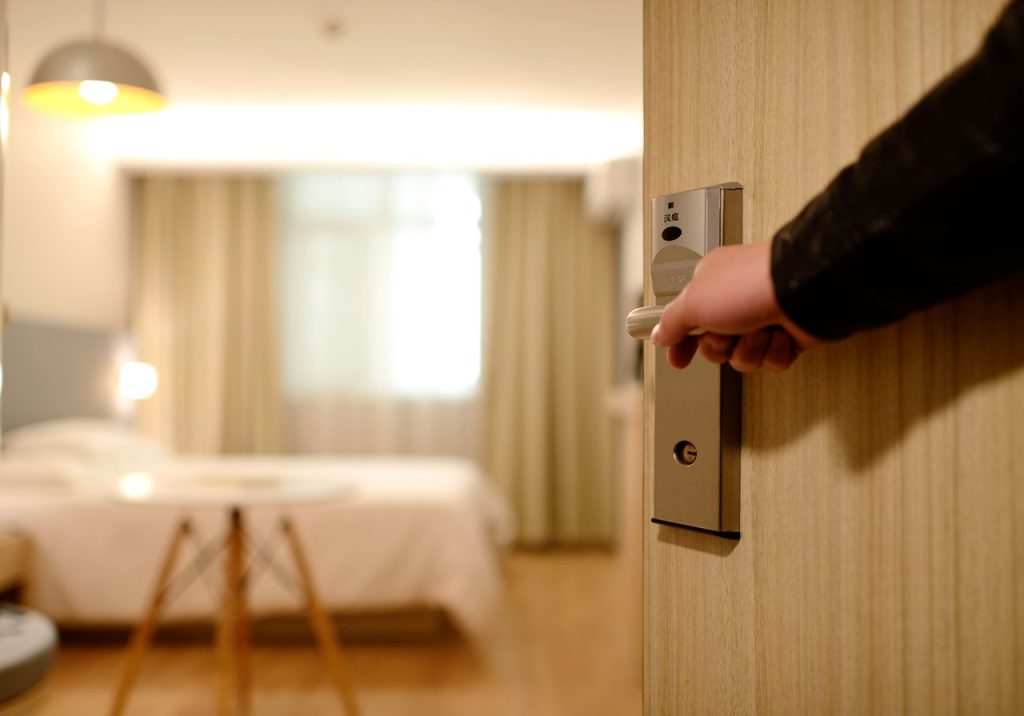
6 Choose luminaires with high luminous flux utilization
(1) Choose luminaires with optimized design parameters and high luminous flux utilization. We often encounter situations where the nominal total luminous flux of the original light source is very high, but due to the selection of lamps with low luminous output efficiency, the theoretically calculated illuminance value is far from the actual result after completion. .
(2) It is recommended to entrust a unit with relevant testing equipment for testing when there is doubt about the efficiency parameters of the luminaire and the parameters of the light distribution curve provided by the luminaire manufacturer.
7. Choose the right light distribution
According to the room-to-space ratio of the different functional areas of the wine spot, the light distribution parameters of the light distribution curve, such as the light intensity distribution, the central light intensity and the half light intensity, are screened to avoid the loss of luminous flux in two aspects.
(1) For example, the front hall of a wine shop is usually located in the podium of a building, and the ceiling is usually very high. It is common for the ceiling height to be above 6m. Choose a luminaire with a narrow beam angle and a long projection distance, so that the upper part is not very bright, but the ground and the people’s activity area 1m away from the ground are not bright enough.
(2) On the contrary, if such a light distribution is used in areas with low ceilings such as guest rooms, the ground is very bright, and the vertical surface illumination is insufficient. The following two pictures are the light distribution comparison of PAR38/80W/beam angle 120 and PAR56/300W/beam angle 400.
8. The more advanced the hotel, the higher the color rendering index of the light source
(1) The color rendering of the light source is generally evaluated by the CIE color rendering index, which is based on more than 10 color samples including human skin color, using the light source to be evaluated and the standard light source (full cloudy sky light) for color display Evaluation of the difference. Generally speaking, the higher the Ra of a light source, the better its color rendering.
(2) But it should be pointed out that because Ra takes the average value of the color sample, although some light sources have a high color rendering index, it may not be good for a specific color. This point must be paid attention to.
(3) In the lighting standards and design practice, the color rendering has not been paid much attention to. It is usually emphasized that the light source with high color rendering index is only needed in places with color discrimination requirements, but it is not the case. In places where most people have more contact with people, especially hotels, it is very important for guests to show a healthy skin tone.
(4) In addition, under the same conditions, light sources with good color rendering properties can have lower illuminance than those with poor color rendering properties. This is not to say that color rendering can replace part of the illuminance, but that people have a clearer perception.
Lighting variable design of sub-function area
- Lobby space
There are three main lighting areas in the lobby space. They are the lighting of the entrance and the lobby area, the lighting of the service desk and the lighting of the guest lounge area.
As a continuous whole space, the lobby is analyzed from the perspective of lighting methods. In fact, the entrance and front hall should be general lighting or global lighting of the lobby, and the lighting of the service desk and the guest lounge area should be local lighting.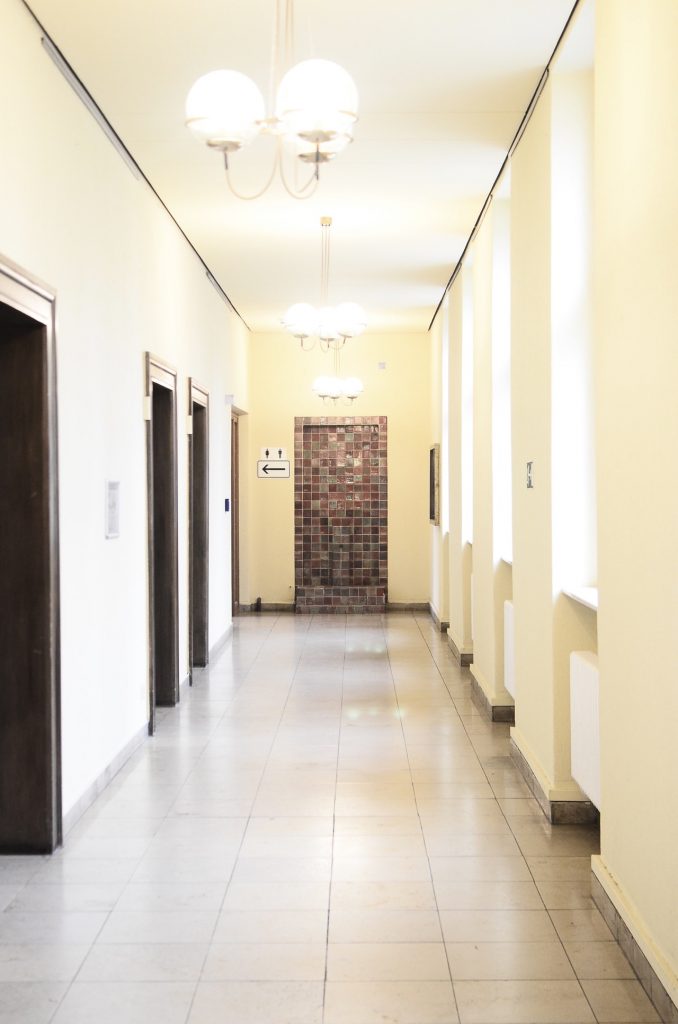
These lightings should maintain the consistency of color temperature. The lighting of the three areas uses brightness contrast to make the non-intimacy-scale space of the hotel lobby form interesting, continuous and undulating light and dark transitions, creating a cordial atmosphere as a whole.
(1) Enter the door and the front hall. Illumination requirements: On a horizontal surface 1m from the ground, the design illuminance should reach 500Lux. Color temperature requirement: about 3000K. If the color temperature is too low, the sense of space appears narrow. If the color temperature is too high, the space lacks a sense of intimacy and is noisy, which directly reduces the comfort of guests. Color rendering requirements: Ra>85. The high color rendering performance clearly shows the skin color and various expressions of the receptionist and guests, leaving a deep and satisfying impression on the guests.
About light distribution:
If the ceiling height exceeds 6m, a point-type light source with a narrow beam illuminator is used on the ceiling to provide continuous and uniform brightness. Since the luminous point is not within the human’s field of vision, the lamp can be open.
Assuming that the distance from the ceiling to the ground is 6m, the light intensity at the center of its light distribution curve should not be less than 500cd at 1m from the ground. If the height of the jump does not exceed 6m, you can consider using a belt-shaped or flat-shaped luminous ceiling to handle it.
Use light and shadow contrast to shape: draw lessons from the world’s hotel lighting design experience, and in the future, you can consider designing different angles of floodlights in the entrance and front hall areas. If the direction in which guests enter the hotel’s door is taken as the vertical axis, then side lights can be designed at both ends of the horizontal axis and projected at an angle from the ceiling to the entrance area. This helps hotel receptionists, porters and guests to express their bodies and form a three-dimensional impression. Such hotel lighting should be very advanced.
(2) Service desk.
Illumination requirements: Generally, the higher brightness of 750-1000 Lux is used to highlight the importance of the general service desk and quickly lead the eyes of the guests to this place. In addition, it is also convenient for the receptionist to quickly process the registration and settlement work.
Color temperature requirements: around 3000K, consistent with the entrance hall, further strengthening the cordial atmosphere. Color rendering requirements: Ra>85.
On the one hand, because the guests and the receptionist have close contact at the service desk, they need a healthy complexion. On the other hand, it is necessary to clearly identify the various documents required.
(3) Guest rest area. Illumination requirements: generally 300-500 Lux.
If the illuminance is too high, people’s behavior will be unstable. The illumination is too low, and people’s behavior is too lazy. Color temperature requirement: about 3000K. Color rendering requirements: Ra>85.
(To Be Continued)

